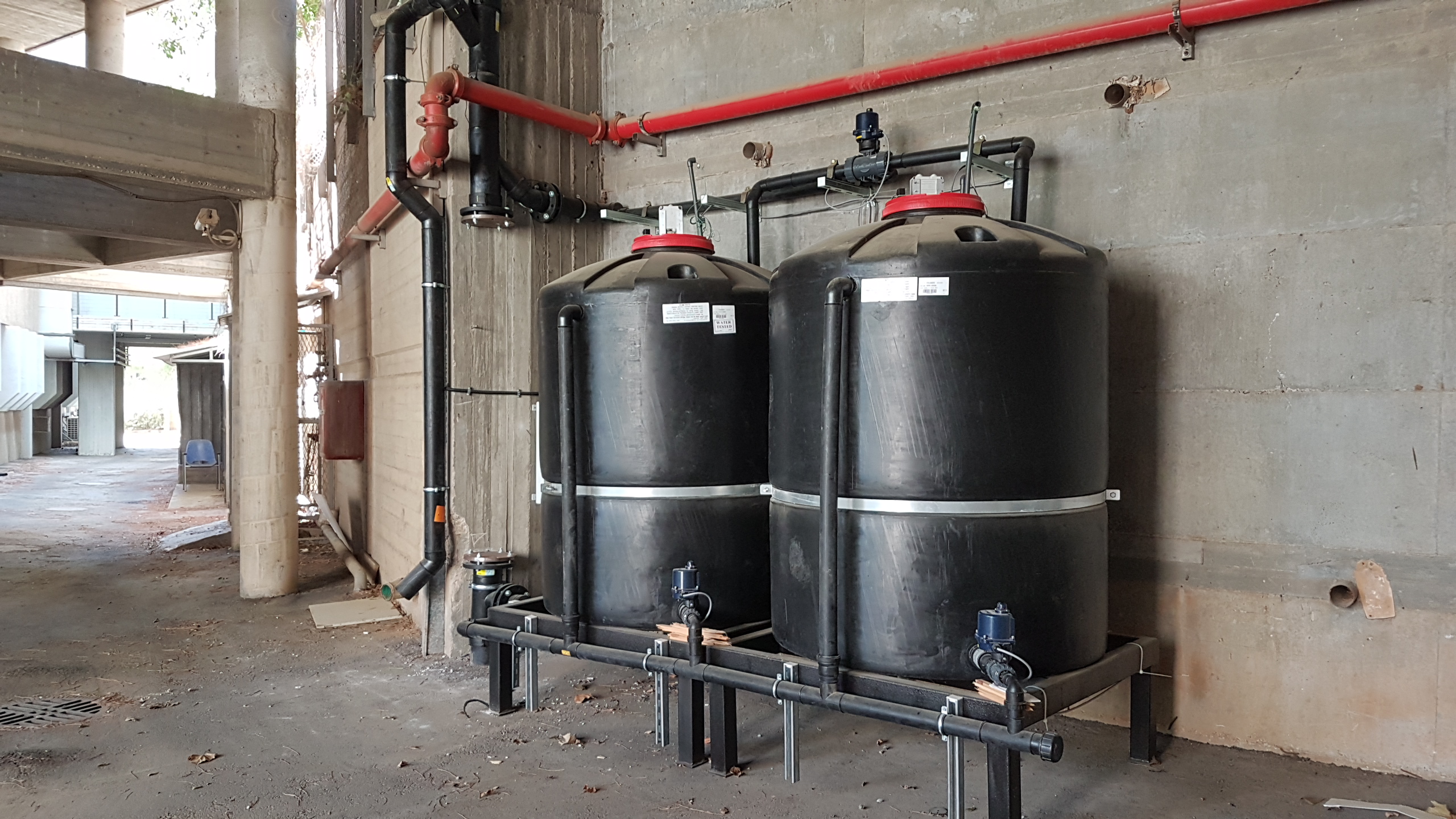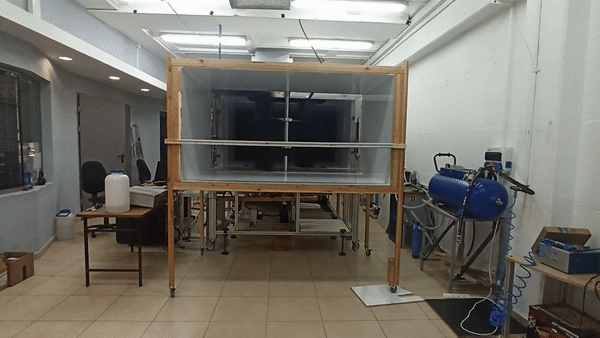Tel Aviv, the city of bikes?
October 7, 2017What can Tel Aviv learn from Copenhagen, Europe’s no. 1 in bicycle-friendliness?
Tel Aviv is known for its continuous efforts to establish a viable bike-sharing scheme while it is seeing itself being flooded by an inexorable wave of electric bikes and scooters. “Tel-O-Fun” was Tel Aviv’s 2011 answer to bike rental ventures popping up all over Europe and the rest of the world. It kept expanding its service and added new stations and extended its fleet. However, lately it recorded a significant decline in subscribers mostly on account of the popularity of electric bicycles.
It is widely known that Scandinavia and the Netherlands are leading the field in urban bicycle infrastructure, with Copenhagen being the current number one. Aside from its ambitious but sluggish bicycle rental program in place, how does Tel Aviv measure up against the European trailblazers?
390 kilometer of bicycle paths
Last year, Copenhagen has set a new biking record increasing its bicycle traffic by 3 percent. Now, 41 percent of the city’s residents use their bikes to get to work or school each morning, while the total number of trips using a bike amounted to 32 percent.
This cycling revolution is not only a fashion statement; Cycling improves physical health, reduces the risk of cardiovascular disease as well as decreases urban air pollution due to the cars it takes off the road. A recent Danish study has shown that an additional shift of 111,000 car commuters to cycling in Copenhagen county could potentially save 449 years of life due to reduced vehicle emission.
This being said, Tel Aviv actually doesn’t perform as poorly. A survey conducted in 2015 suggests that 16.1 percent of the Tel Avivians go to work or school by bike, which is quite an increase considering it was a mere 10.6 percent two years prior to that.
Nevertheless, success is no accident. A lot of money was invested in the construction of 107 kilometers of bike lanes throughout the city, and last year the municipality doubled down on its efforts by spending another 30 million shekels on the expansion of the network. This might not get anywhere close to Copenhagen’s 390 kilometer of designated bicycle paths; however, in all fairness it must be said that the Danish capital, besides being considerably larger in size, was in the early 1960s one of the first European cities to reduce car traffic for the benefit of its pedestrians and bicyclists.
These days Copenhagener cyclists are enjoying the privilege of riding on lanes with a standard width of 2.2 meters, which does not only protect them from the motorized traffic, but makes it possible to ride next to each other and have a little chat. And as if that was not enough already, the city has decided lately to expand its bikeways to a new width of 2.5 to 2.8 meters.

“less people are using the car to commute inside the metropolitan area”
While in Copenhagen the good old boneshaker is still the wheeler of choice when it comes to urban transportation, in Tel Aviv electric bicycles and scooters have long seized power over the city’s streets. Although a much more environmental-friendly alternative to the car, studies indicate that e-bikes have a larger environmental impact than conventional bikes not only on account of the added technology, which needs electricity, but also due to the battery production, which requires the mining of copper.
These little electronic racers often come with a dangerous cost: According to a study in 2016, e-bikes and motorized scooters account for 795 of the 27.733 (all of Israel) hospitalizations due to road collisions between 2013 and 2015. The majority of these accidents involve pedestrians, since most of the e-bikers and scooter drivers prefer riding on the sidewalk instead of the road. Last year, Tel Aviv’s Municipality took measures and started to impose substantial fines on those who are caught driving off the road or outside the designated bikeways.
Nevertheless, transportation advisor Dr. Nadav Levy says, there might also be a benefit to all this. Indisputably, there is a considerable surge in bicycle use all over Tel Aviv and the whole metropolitan area, and according to Levy a large part of it is due to the introduction of electric bikes and scooters. ”Of course this development comes with advantages and disadvantages, but it brought the second ring and the outskirts of the city closer together. The accessibility increased enormously and therefore less people are using the car to commute inside the metropolitan area.”
This is a success in itself since new car ownership in Israel is still on the rise. And surprisingly, Denmark does not outclass Israel when it comes to private vehicles. In 2010 Denmark recorded 2.1 million passenger cars, while in Israel 2.7 million private cars were registered in 2016. This is an insignificant gap at most, especially considering that Israel has some 2.7 million more people than Denmark.
Yet, private cars still dominate Tel Aviv’s road traffic. Plus, a whole new Infrastructure does not just fall out of thin air, and always comes at a cost. Levy says, it is usually the parking spaces or portions of traffic lanes that have to make way for new bicycle paths, and it never happens without dissent or backlash. ”Since bike lanes are needed in urban areas, compromises are inevitable, but politically it is always a tricky business”. Levy refers to the beach promenade hatayelet as the ”most ideal” situation. “There is a buffer between pedestrians and bikes as well as a buffer between bikes and cars. Moreover you have bike traffic only on one side of the road and not on both”
A cycle superhighway
Dr. Yoav Lerman from Tel Aviv University’s Department of Geography and human Environment criticizes the discontinuity of the existing bicycle paths in Tel Aviv. “Intersections present one of the most basic problems because they break up the connectivity of the network”, he says. “Therefore, cyclists have to continue their travel either on the street or the sidewalk, both options of course not ideal. Eventually, bikers have no other choice but to get off and walk their bike until they get to the next path.”
In Copenhagen, on the other hand, a lot of efforts are aimed at building a “cohesive cycling network” of segregated bike lanes in order to enable bicyclists to get around the whole city without ever having to leave the designated path. For this purpose, the city has built several large-scale traffic routes, exclusively for bicycles. In Tel Aviv, a project with a similar aspiration is underway: for years now the Ministry of Transport has been developing the Ofneidan, a comprehensive cycle superhighway, which aims to connect the entire metropolitan area through a 10-highways, 150 km bike lane system.
Levy, who acted as the Ministry of Transport representative in the project, explains: “It’s going to be a series of central lines along the main highways and will connect the second ring of the metropolitan area with the inner ring.” The project budget spans a staggering 620 million shekels, and most of the construction works are scheduled to be completed by 2019. If successful, the bike lane network will supposedly make commuting between Tel Aviv and the adjacent cites significantly easier, help reduce carbon emission and make road traffic safer for bikers as well as for pedestrians.
The solution: a temporary bikeway infrastructure?
Even in light of recent developments, Lerman states that the problem exists due to a lack of concept. “The manual, which was issued by the Ministry of Transportation and contains guidelines for urban planning, does not give any instructions on how to deal with bike lanes and intersections.” Nevertheless, these guidelines are being upgraded at the moment.
According to Lehrmann, the way to go for Tel Aviv is to implement a temporary bikeway infrastructure. He points at Seattle and New York. “Places that do not have the best practice like Manhattan and Seattle, they built temporary bike lanes with low-coast provisional material, basically just markers on the road. After it proved to be successful they started with the actual reconstruction of the road and integrated a permanent infrastructure.”
In spite of all the bumps and snags, Tel Aviv is hitting on its way to more sustainable and more efficient mode of mobility. Those who used to cycle the city during the 90s know it was a whole different ball game back then, when Tel Aviv did not have even a single bikeway. When you look at Tel Aviv today you can see a clear and significant shift to a more eco-friendly type of transportation.







